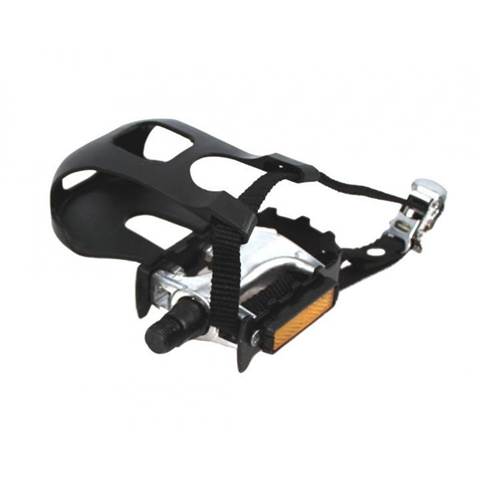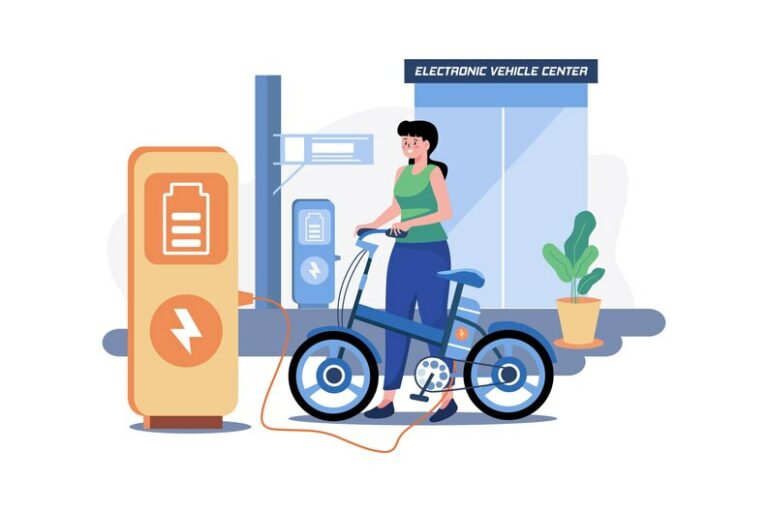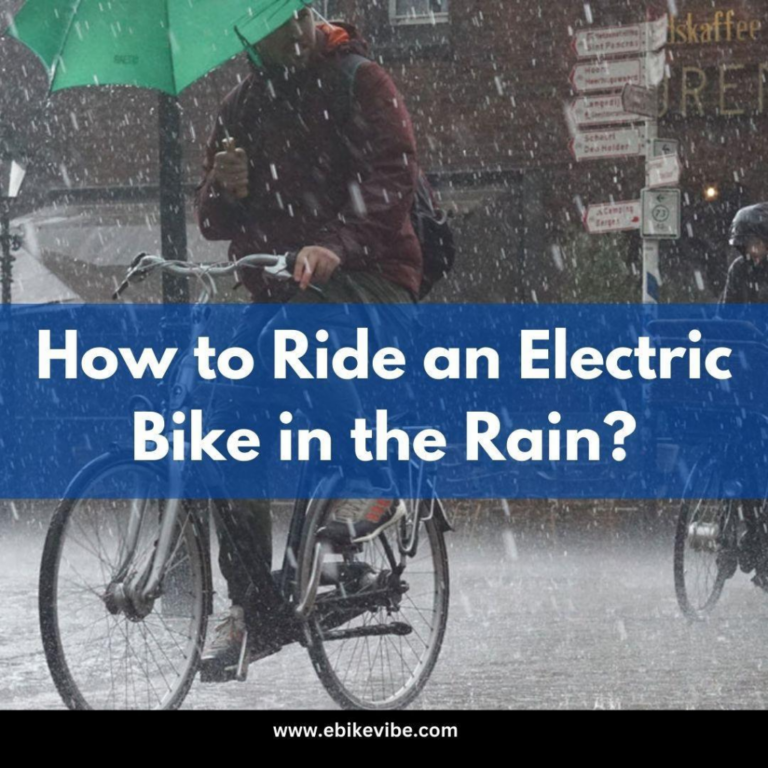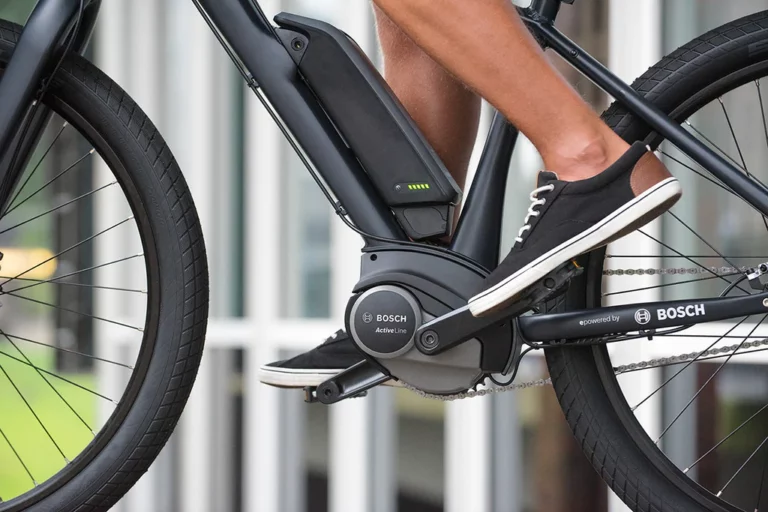What are the Different Types of Bike Pedals? Complete Buying Guide
An essential part of any bicycle, pedals are frequently disregarded even though they may significantly affect your performance, comfort, and safety when riding.
Which type of biker are you? Do you bike on roads or mountains? Are you searching for flat platform pedals’ simplicity of use and maneuverability or the strength and efficiency of clipless pedals, where studs on the sole of the shoes attach your feet to the pedals? Maybe you desire both advantages.
It’s crucial to educate yourself about different pedal styles before choosing one to suit your needs. Let’s examine each pedal style so you may select the one that best suits you.
1. Flat Pedals
Flat pedals are the most typical type of pedal seen on bikes because of their adaptability and simplicity. On commuter bikes, no special footwear is required, and you won’t have to worry about the possibility of an awkward fall at the stoplight.

Flat Pedals are used with almost any shoe and offer a firm, larger surface to support your feet on both sides. A flat pedal is preferred by many downhill mountain bikers when worn with a pair of shoes that have been specially made with gripping bottoms or tread. Platform pedals might also offer you the assurance you need to assist prevent a collision.
Flat pedals allow riders who commute, ride for fun, or who regularly hop on and off their bikes to put on more comfortable footwear that is simpler to walk in.
2. Toe Clip Pedals
A cage and strap are used in toe clip pedals to secure the foot to the pedal. Toe clip pedals continue to allow the foot to be fastened to the bike without the need for specific cycling shoes, despite being essentially antiquated and less common than clipless pedals.

Due to the possibility of the shoe becoming stuck in an emergency, toe clip pedals are seen as being less secure than clipless equivalents. Toe clip pedals are, therefore, not advised for use when mountain biking, with the majority of clip pedals being used on commuter cycles or indoor exercise bikes.
3. MTB Clipless Pedals
They are termed clipless pedals even though you clip into this design because they firmly connect your foot to the pedal without the need for a “Toe Clip.” Instead, your foot is secured to the pedal via a clamp on the pedal and a cleat on the bottom of specialized footwear. These pedals offer stability on uneven terrain, improved efficiency, and a stronger sense of connection to the bike.

Mountain bikes in comparison to the road bike model, clipless employs a smaller cleat. To provide more traction on slick surfaces like pavement, the cleats might be sunk into the shoe.
4. Road Clipless Pedals
Over time, modern road bike pedals have become complex parts. Dedicated road bike pedals are clipless and are designed to provide higher power transmission, a stable grasp, and improved pedaling efficiency.
Road studs are made to distribute power efficiently while being as light as possible. Since the pedal is so little, it cannot be used with regular shoes. To minimize power loss, road shoes are also lightweight and frequently extremely stiff.
They offer a larger platform under your feet than mountain bike studs because of their size. They aren’t fantastic for shedding debris because they aren’t frequently used on dirt or in bad weather. When walking over difficult terrain, they will rapidly be damaged because they are made of plastic.
5. Hybrid Pedals
In certain cases, known as dual-sided pedals, hybrid pedals have a platform on one side and a clipless mechanism on the other. For riders who like having alternatives, this design is ideal. Hybrid pedals may be the best option if you have a versatile bike that you use for both casual riding and quick commuting. Hybrid pedals are a fantastic option if you’d want to practice clipping but don’t want to be permanently tied to the pedals.
Although hybrid pedals are convenient and adaptable, professional road and mountain riders may want to explore elsewhere.
How to use Clipless Bike pedals?
Locate a flat, grassy field for practice while learning to utilize clipless pedals. When you fall while studying, the soft ground might assist you avoid being hurt. You have the option of honing your clip-in and clip-out techniques while on a bike trainer, in an indoor cycling class, or with a friend’s help.
How to attach a clip to clipless bicycle pedals?
● Apply the front brake as you begin to clip in to stop your bike from moving ahead. ● Set the first shoe in place and begin moving ahead. The second pedal should be clipped in after you have some balance and are going.
● In general, a level or slightly downhill surface makes it simpler to clip in. It might be challenging at first to try to clip in when beginning an uphill.
How to remove your clipless bicycle shoes?
● Turn your heel or ankle outward and away from the bicycle. Your foot will come off the pedal.
● Put your foot down once your shoe has been removed from the mechanism.
Flat vs Clipless Pedals

Pedals that clip in and out are interchangeable. Because they do in reality require the cycling shoe to be fastened to the pedal, the term “clipless” is unclear. The term “clipless” describes the contemporary cleat-style pedals, which are an improvement over the previous toe clip design. Plus, the process of locking the cleat into the pedal is still referred to as “clipping in.”
Just keep in mind that you do truly clip in with clipless pedals despite the strange name. With flats, you just push with your foot down without any connection to the pedal.
Advantages of clipless pedals
● More effective pedal stroke for simpler ascent
● Improved power transmission to increase speed
● No slippage off the pedal whether it’s damp or slick
Cons of clipless pedals
● Often costlier than apartments
Benefits of flat pedals
● Usually less expensive
● Ride in any pair of shoes
● More freedom of movement for aggressive trail riders
Cons of flat pedals
● Your foot may trip over the pedal or bounce off it.
● Ineffective compared to clipless
How to choose bike pedals?

Key factors to bear in mind while selecting bike pedals:
1. Choose between flat or clipless bicycle pedals
If you want more efficiency and control, then clipless pedals are good for you. When you lift and push down, power is transferred via your shoes to the pedals. If you need to rapidly remove your feet from the pedals or desire comfort when walking in cleat-free shoes, use flat pedals.
2. Think about the kind of riding you do
Do you want the greatest amount of power transmission from your road cycling pedals? Or perhaps you’re a casual biker who prefers flat pedals that are simple to put on and take off.
3. Select the shoes you desire
Your choice of shoes may occasionally determine the kind of pedals you choose. Flat pedals or mountain bike pedals are fantastic options if you commute by bike and want to use your shoes both on and off the bike because you can wear either standard street shoes or shoes with recessed studs with them.
Frequently Asked Questions
How do I choose a bike pedal?
You need to decide how you’ll be riding and whether you like flat or clipless pedals before you can choose the ideal pedals for your bike.
Do all bike pedals fit all bikes?
Yes. You can use any pedal with any crank because current pedals all have a 15mm size.
What are the different types of pedals?
Clipless, flat, and hybrid pedals are the three primary categories. In contrast to flats, clipless pedals secure your shoe to the pedal. You may choose to do both using dual-sided hybrid pedals.
Are clipless pedals dangerous?
No. Although they may require some getting accustomed to, clipless pedals can offer greater stability and control than flat pedals. People worry about falling over because they can’t unclip, but unclipping is fairly simple with a little practice. Additionally, clipless pedals are made to disengage when you fall so that you are not tied to your bike, exactly like the skies.
Do mountain bikers use clip-in pedals?
Many mountain bikers choose clipless pedals and won’t ever ride seriously again on flats. Clipless mountain bike pedals are necessary for long rides since they have improved efficiency, control, and climbing ability.
What pedals are suitable for gravel bike?
Gravel bike riders are somewhere in the middle of the road and mountain bike riding worlds, so the pedals you choose will depend on your riding style. A road-type pedal can be a good option if you’re aiming for a race-winning pace for significant gravel events. A mountain bike pedal is considerably better if you prefer to dismount and explore while you’re riding.






